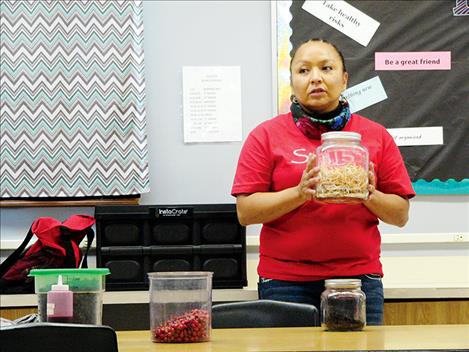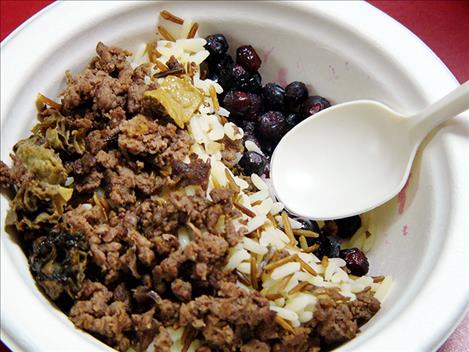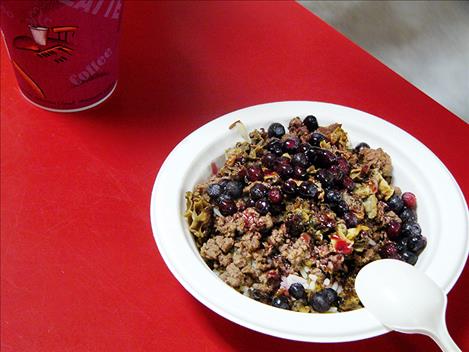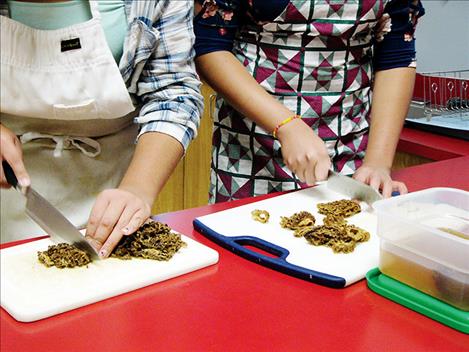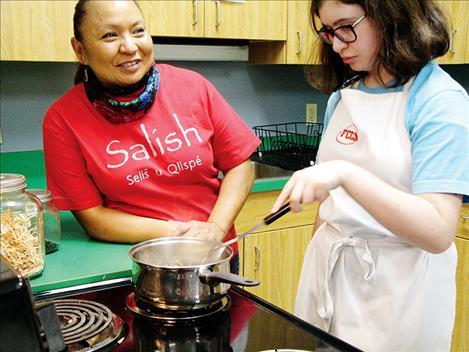- Home >
- News >
- Local News >
- Schools
Arlee students cook indigenous foods, 'taste the past'
Issue Date: 11/6/2019
Last Updated: 11/7/2019 12:50:24 PM |
By
Mary Auld
Keep Reading!
You’ve reached the limit of 3 free articles - but don’t let that stop you.


















